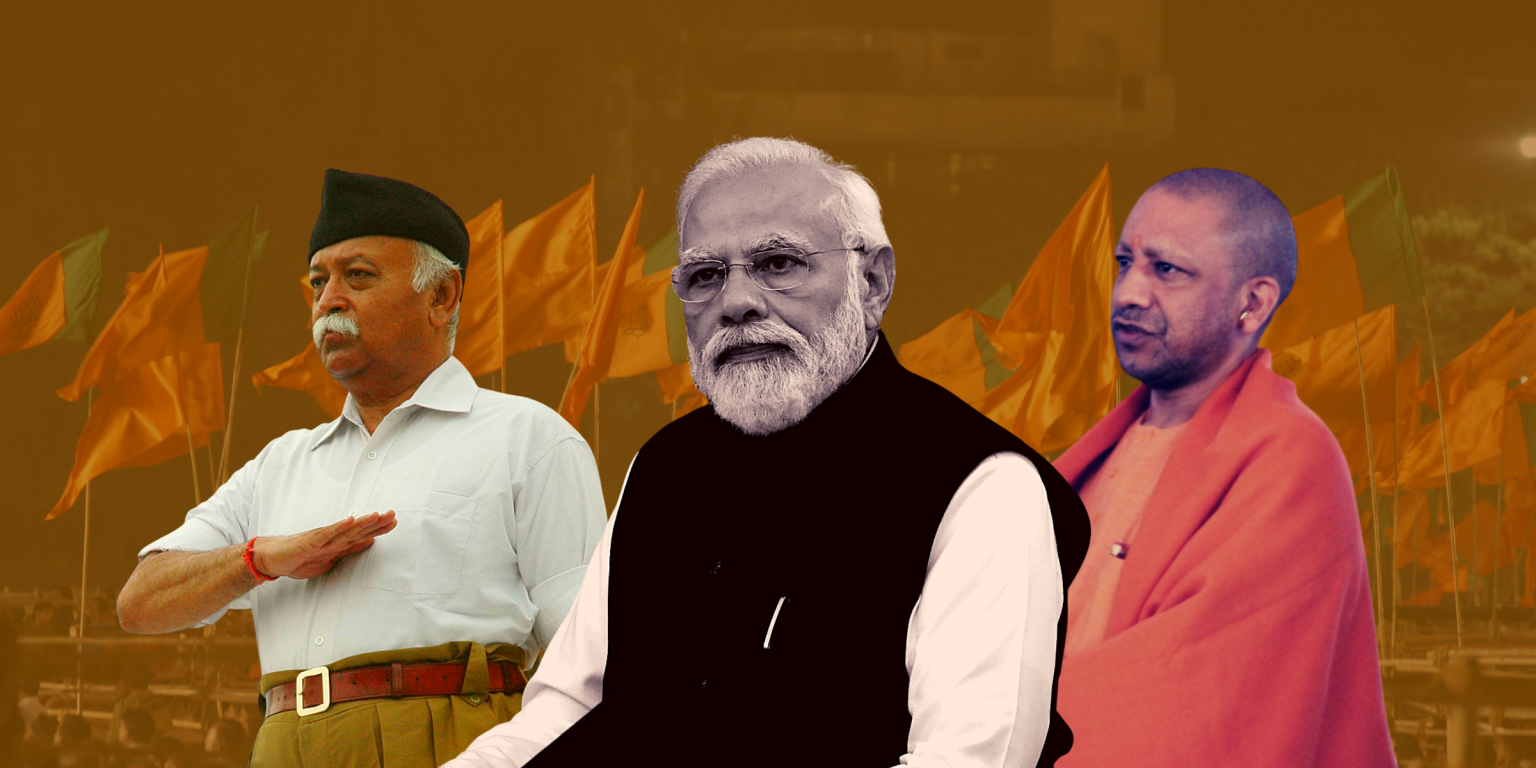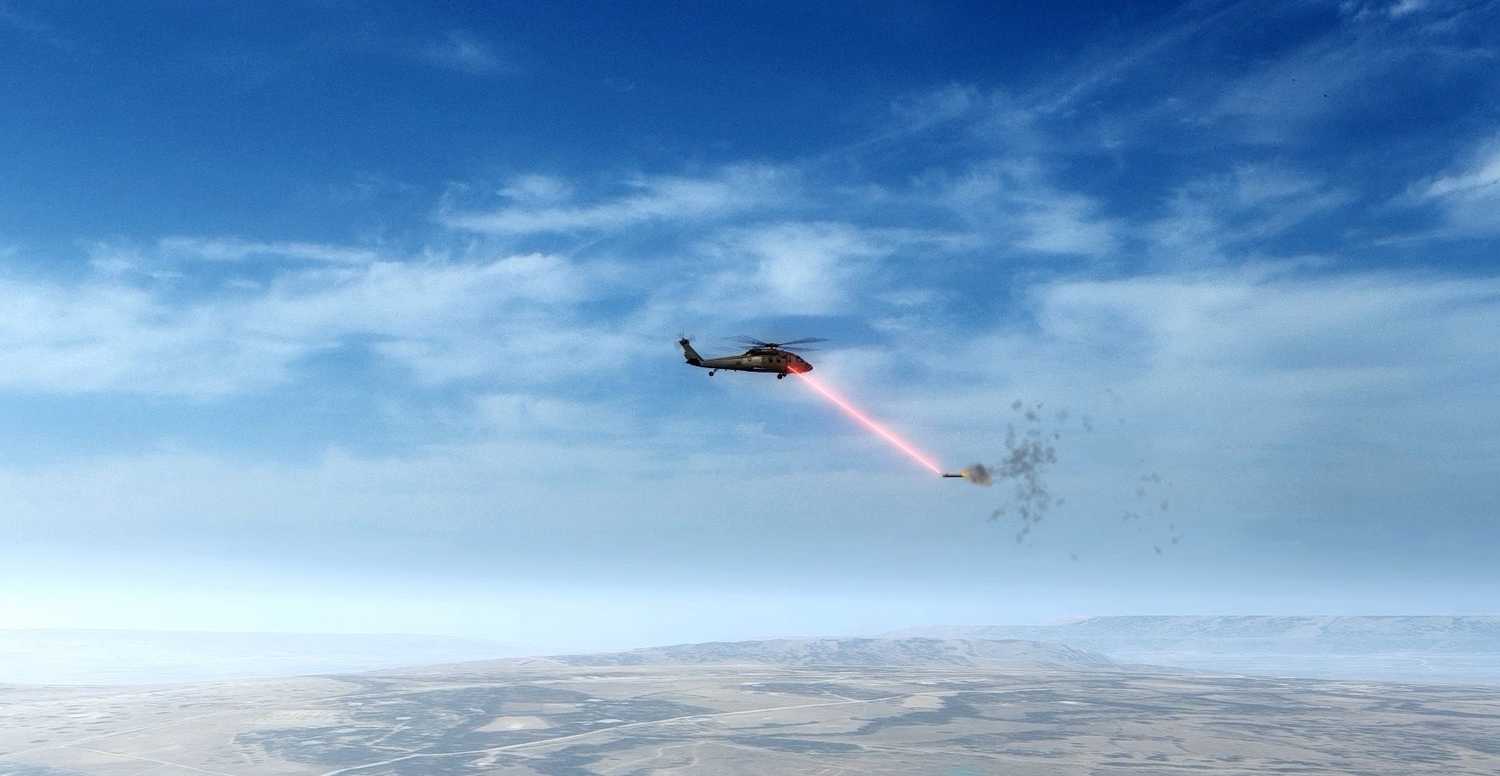An upsurge in ethnic and religious-based violence has been experienced throughout the world lately. Unfortunately, much of this violence has been condoned by legitimate actors and elements. The case in point is the rise of extreme Hindu Nationalism in India inciting violence against non-Hindus, being sanctioned by the BJP, the ruling party of India now. This ideology can precisely be called Hindutva ideology, which makes Hindu race the most superior race and only worthy race of living in and ruling over India.
Read More: Rise of Anonymous in Cyber War
Indian is a host to over one billion population. About 80% of the Indian population observe Hindu faith, 13% are Muslims whereas 7% of the population constitute Sikhs, Christians, and other minorities. The rise of ultra-nationalist Hindus is problematic –goes without mentioning– for the religious minorities within India; however, it also carries bad news for whole of the region as a whole.
The rivalry between the enduring-rivals India and Pakistan has hit a new low in 2019. Same is true for the cold diplomatic relations of India with other regional countries. The problem of Kashmir has reached an all new vulnerable point that has the potential to put India and Pakistan on the brink of an all-out war. The ultra-Hinduism and mounting Hindutva following and its rearing of the persecution against Muslims in India along-with the standoff of India-Pakistan on Kashmir, among other factors, serve as the enabling as well as multiplying factor for each other. This ultimately exacerbates the already searing hatred between India and Pakistan or more accurately between Hindus and Muslims –because Pakistan is a Muslim-majority state, and also this is the fact that created the rifts between the two in the first place. Therefore, any sort of persecution against Muslims in India definitely has the potential to initiate persecution against Hindus in Pakistan. But luckily this has not been observed in Pakistan, except for in a very few and highly conservative quarters. Pakistan, on the other hand, has recently taken steps in the area of religious freedom that have left the spectators in awe. The opening of the Kartarpur Corridor, restoration of religious sites of Hindus and Buddhists and the inter-faith harmony in the country have set the state of Pakistan on the path of right direction. Whereas the exact opposite of this phenomenon has been observed in India, the largest secular-democracy has become a talk of the past. One even finds it hard to find the remnants of what was once Ghandi’s and Nehru’s India.
A notion that is particularly interesting in this environment is the question of what will become of India in the future if the current trends of persecution against minorities persists.
India is a home to 72 different types of separatist movements since many years. Where these movements kept simmering on low flame all these years, just now they have started indicating intense impressions. The intolerance depicted toward the minorities has now started bearing fruits. This is primarily evident in Kashmir, the abjuring of articles 370 and 35A, the subsequent deployment of about 800,000 troops, the communication clampdown, the imposing of Article 144, abduction of the political leadership, complete media blackout and every other possible violation of human rights have brought Kashmiris on the edge. Although, it seems that New Delhi is exhausting Pakistan of every peaceful measure taken to resolve the issue in Kashmir, but still it is only a matter of perceived personas that might lead two nations into a heated confrontation. India’s hatred for Muslims, depicted at even the highest official levels, makes one understand its treatment of Kashmiris. This, as mentioned above, has direct bearing on India-Pakistan relations primarily due to Muslim-Hindu sentiments.
Furthermore, the implementation of National Register of Citizens (NRC) in the province of Assam which dictates the alienation of almost 2 million people, mostly Muslims, has erupted an unprecedented injustice against minorities and subsequent tensions in India.
The announcement of Nagaland of an Individual flag and anthem, as well as formation of exiled government of another separatist movement in Manipur, has definitely stirred some calm waters in India as well as in region. Last but not the least, the revival of the Khalistan Movement has certainly caused eruptions in power corridors in India.
The reason as to why India’s utterly unpredictable future is deemed interesting here is because if any of these separatist movements gets intensified in the future it will have a domino effect first in India and then in the region, primarily in Pakistan. Hence the ethnic and religious based violence in India or essentially the Hindutva ideology, has the potential to plummet the whole region into an absolute security mess.
Aggressive policies of India most notably the surgical strikes that India claims, are tantamount to fanning air to the fire. According to Indian claims that their forces crossed the LOC and entered a village of Mundakali and hit Pakistan’s outposts.
On September 29, 2016 the DGMO of India, Lt Gen Ranbir Singh in a news conference revealed that Indian forces have conducted surgical strikes across the line of control, eleven days after the Uri attack. The Indian claims were totally denied by the Pakistan’s military. India failed to sell its story and the officials are still tweaking the story line to fix the loopholes in the plot. The claims by Indian official received a lot of skepticism.
A statement was released by ISPR shortly after India’s DGMO held a press conference that, “There had been cross border fire initiated and conducted by India which is [an] existential phenomenon.” Also, “The notion of surgical strike linked to alleged terrorists’ bases are an illusion being deliberately generated by India to create false effects.” And, “This quest by Indian establishment to create media hype by rebranding cross border fire as surgical strike is fabrication of truth.”
While India had been hesitant in sharing the details of the surgical strikes; the tactics or the number of terrorists killed, Pakistan’s military in the meantime visited the forward locations along the LOC with the international media journalists and local journalists to expose the reality behind the Indian claims of surgical strikes.
The former DG Inter-Services Public Relations (ISPR), Lt Gen Asim Saleem Bajwa told the visiting journalists that “No such incident took place nor will we allow any such incident to happen in future.” He further added that “If the adversary attempted so, it will be responded with an ever-stronger force.”
Pakistani officials assessed that the claims by India were to advance two objectives i.e. to divert the international attention from the ongoing situation in Kashmir and to disrupt the China-Pakistan Economic Corridor (CPEC) in a longer run.
Political reasons were the main driver behind the staged fake drama of surgical strikes. An article by Shawn Snow ‘Is India Capable of a Surgical Strike in Pakistan Controlled Kashmir?’ was published in The Diplomat magazine on September 30, 2016 in which the U.S. marine corps veteran disapproved the Indian claims of the surgical strikes by stating that “surgical strikes could only be conducted through airborne or artillery-based precision-guided strikes or ground force-based assaults; both of which required sophisticated intelligence collection, platforms to conduct collections, and surveillance of target sites and objectives. India is still on the cusp of building a sophisticated and modernized asymmetrical capability to conduct counter-terror operations, while much of its forces are still organized and trained on Cold War models.”
Again on February 26 this year India conducted so-called surgical strikes in Balakot which was anything but a military success, it was a military misadventure. It was a huge political success for Modi and helped him in gaining a second consecutive landslide electoral victory based almost entirely on the media-manufactured illusion of a military victory and anti-Pakistan nationalist sentiment.
The trend to mount false flag operations has been part of Indian strategy under the Congress Party regimes, particularly when Mrs. Indira Gandhi was in power, but has accelerated under the Modi regime which has openly declared that India will mount false flag operations against Pakistan. The history of Pakistan-India relations is replete with incidents engineered by India that were carefully designed and carried out with impunity on regular basis like the hijacking of the Ganga plane, killing of Sikhs at Chattising Pura village, Mumbai attacks, Uri camp attack and Pulwama attack etc. Pakistan is constantly under the threat of such Indian ventures to justify its aggression against Pakistan.
Author:

Tahama Asad is a graduate of Strategic Studies from National Defense University, Islamabad. Her major areas of interest include Strategic Stability of South Asia, Geo-Politics in Indo-Pacific Ocean, and National Security. Currently, she is enrolled in M.Phil. Strategic Studies from National Defense University, Islamabad.
The views expressed in this article are the author’s own and do not necessarily reflect the editorial policy of Global Defense Insight.
- Global Defense Insighthttps://defensetalks.com/author/umair/
- Global Defense Insighthttps://defensetalks.com/author/umair/
- Global Defense Insighthttps://defensetalks.com/author/umair/
- Global Defense Insighthttps://defensetalks.com/author/umair/













